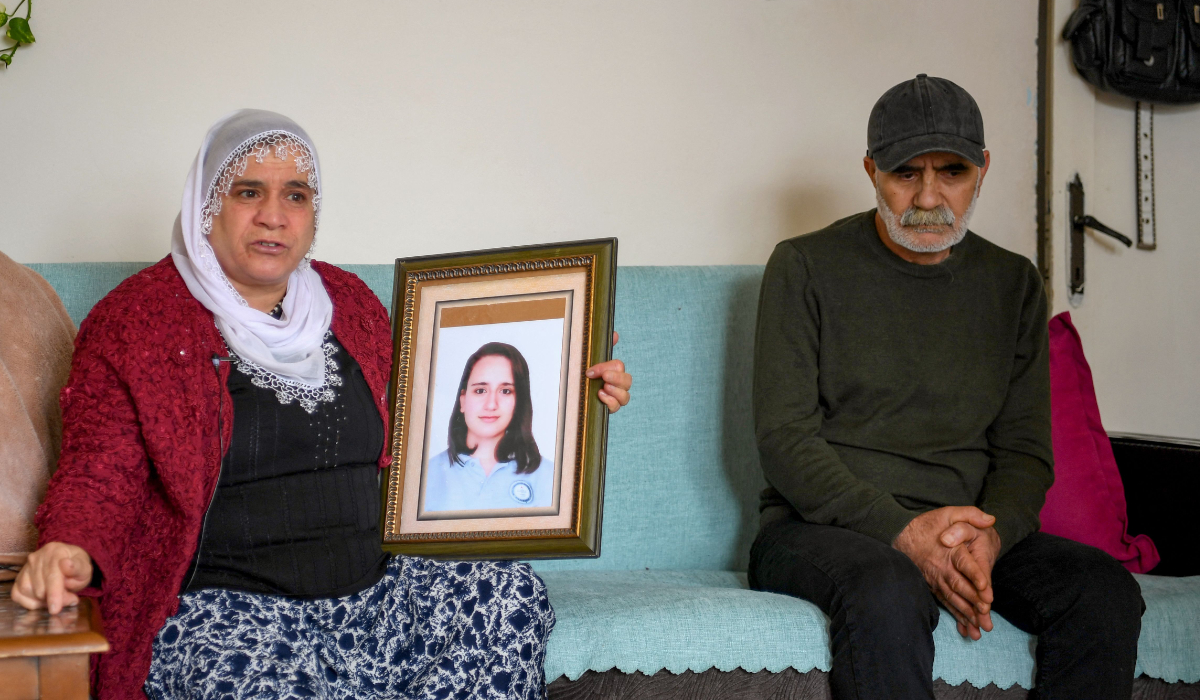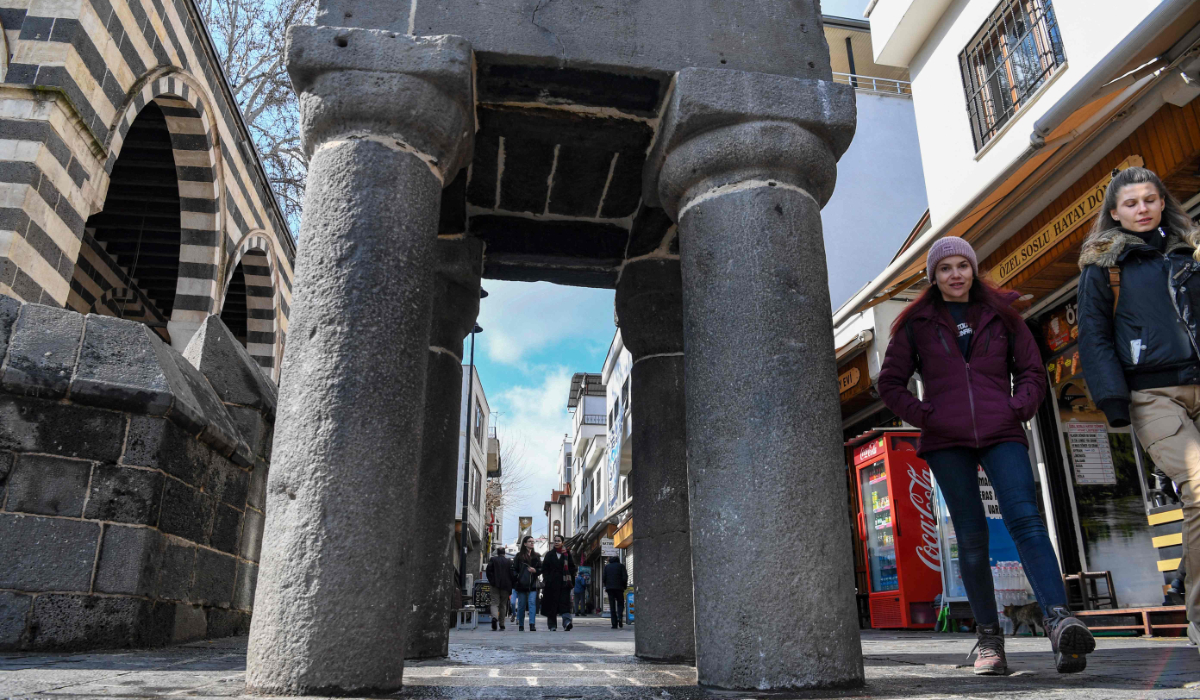TUNIS: Tunisia’s central bank will no longer have the exclusive power to adjust interest rates or foreign exchange policy and must only take such action in consultation with the government, but it will be allowed to finance the treasury, a bill proposed by lawmakers showed on Friday.
The step is the latest move that will ultimately undermine the central bank’s independence after continuous criticism by President Kais Saied, who said the bank should not be a state within a state.
The potential significant change in the central bank law comes as public finances face a severe crisis.
The country has been unable to secure Western funding since Saied seized nearly all power in 2021, ruling by decree, in a move the opposition has called a coup.
Twenty-seven lawmakers warned that Tunisia would go bankrupt if the bank law were not changed.
They said that the current law, adopted in 2016, which does not allow the central bank to make loans to the public treasury or direct bond purchases, has led to enormous losses for the state estimated at $36.6 billion.
The bill also proposes that the bank will not be allowed to sign agreements with foreign oversight authorities without the president’s approval.
Saied last year rejected the independence of the central bank, saying it should lend directly to the state treasury to avoid costly loans through banks.
In January, the government asked the central bank to provide $2.25 billion of direct funding to the treasury to fill a budget deficit.
Former central bank governor Marouan Abassi has warned that buying treasury bonds had risks, including upward inflation pressure and a drop in the value of Tunisia’s currency.
Earlier this year, Saied replaced Abassi with Zouhair Nouri.
Since 2016, the central bank has had absolute power to control monetary policy, reserves, and gold.
However, the proposed bill showed that the central bank could adjust interest rates, gold-related operations, and exchanges in consultation with the government.
Under the bill, the central bank will be allowed to buy government bonds from banks and lend up to 3 percent of GDP directly to the treasury with maturities exceeding five years.
Financial sources said the move would likely pave the way for a new government request for the central bank to provide up to $2.6 billion in direct facilities and loans to the treasury.





























